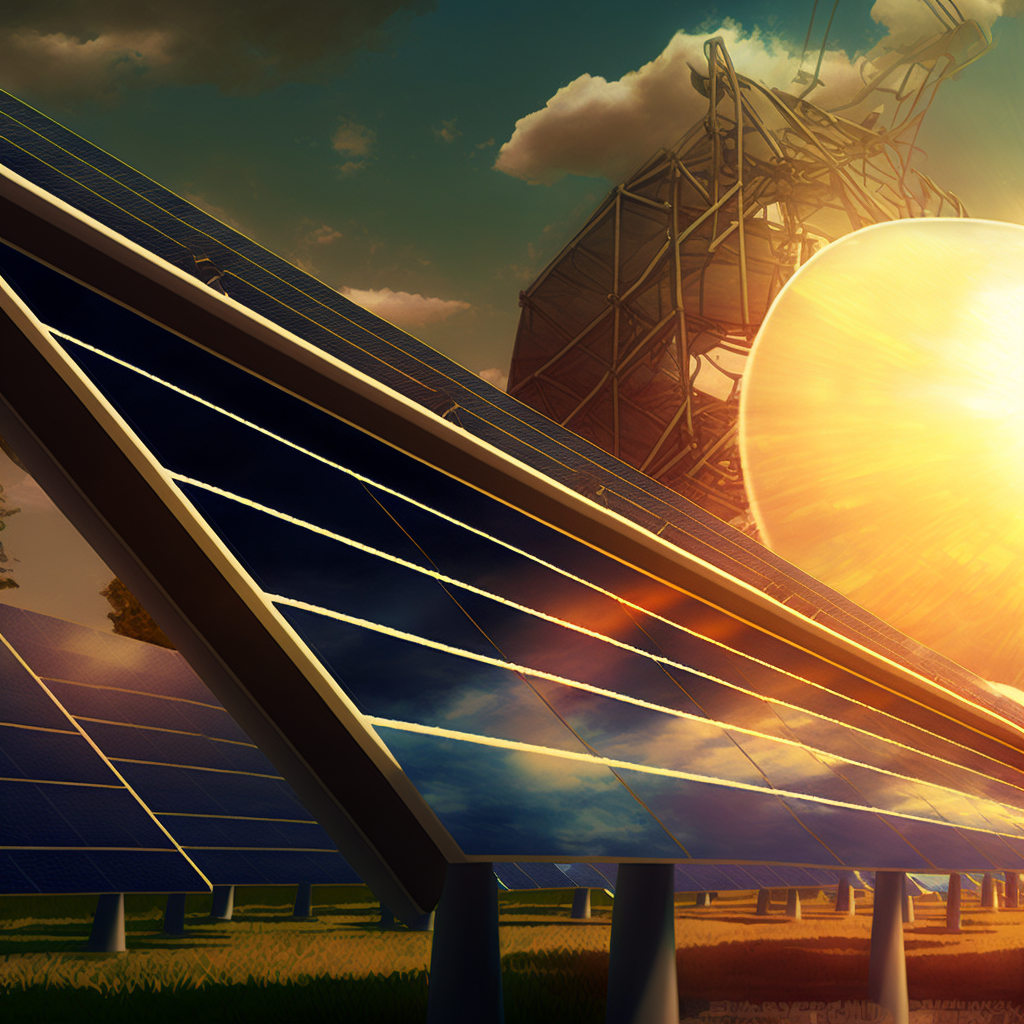The first question to ask is, “Should solar panels face north or south?” If your home is not perfectly aligned with the equator, the sun will not hit your solar panels straight on. Instead, the sun’s path is angled, so it is best to position the panels facing south for optimal efficiency.

West-facing solar panels are more economical than south-facing solar panels
While solar panels facing south are best for year-round usage, panels facing west are great for peak hours for maximum solar energy production. Many utilities charge higher prices during peak hours, so using solar power at these times can mitigate the costs associated with peak-hour power usage. Actually, solar panels facing west can produce up to 50% more energy than those facing south.
Most people prefer to have their solar panels facing south. This is because solar panels facing south receive more light from the setting sun and generate more power during the late afternoon and evening hours. Solar panels facing west, on the other hand, receive less sunlight which reduces their total solar production for the day. The peak and off-peak electricity rates will determine the optimal orientation. If your peak and off-peak rates are about three times higher than the off-peak rates, then the ideal orientation is southwest or slightly west of south.
Plan your solar panels in the direction that receives the greatest amount of direct sunlight. For example, if your home is in a part of the world with cloudy skies, the best orientation is west. If your roof slopes toward the east, the panels can be placed on the east side. For this purpose, you can use the NREL PVWatts tool.
Depending on where you live, the optimal solar panel angle can be anywhere from thirty to forty degrees. For Alaskans, the optimal solar panel angle is forty degrees or higher. Although the angle is crucial for solar energy production, it can also help in maintenance as snow is likely to slide off of a higher angle.
Although they produce less electricity than panels facing south, west-facing panels still generate more electricity during peak hours. A recent study found that a 5.5-kW system facing west produced about 50 percent more electricity during peak hour than one with a southfacing solar panel. Even though the overall production is lower, it can still be a good option if you spend most of your day outside.
During summer, when the sun is overhead, solar panels will produce the most energy. On-peak energy is worth nearly twice as much as off-peak energy. In winter, the amount generated by a solar array in the winter months is about twenty percent lower.
Despite their lower output, west-facing solar panels will save you money on electricity bills. They also provide more energy during peak hours in the afternoon, which is when electricity is used most. This means that a west-facing panel will lower your household power bills by up to four percent.
For the best prices on solar panels, consult a solar provider. The costs vary depending on the size of the system. Solar power systems larger than a typical one will require more equipment and labor, but they will be more cost-effective in the long term.
Incentivize west-facing solar panels for peak demand
Many utilities offer financial incentives to convert to solar energy from older power plants. Some plans even pay as much as 35 cents per kilowatt hour for late afternoon or early morning power. These incentives are intended to encourage solar panel installation and avoid the high marginal cost associated with peaker power plants. The California Energy Commission recently ruled that new west-facing solar installations can qualify for a $500 incentive.
For energy production, the optimal orientation is slightly east or west of south. The optimal azimuth for most sites is between 190 and 200 degrees. However, the exact azimuth can vary. The energy production value of solar panels will decrease the further south they face.
To ensure maximum output during peak demand, solar panel owners should point their panels to the west instead of the south. This will result in a lower output at night, but it will give them more energy at peak times. If you are paying per hour, it might make sense to have a west-facing panel.
Columbia Electric Utility is encouraging new solar customers to install west-facing panels to earn rebates. The utility wants to encourage solar production during peak demand. A west-facing solar array, for instance, can earn a $500 per-kilowatt rebate from Columbia. The rebates are higher for larger systems, but lower for smaller ones.
California is another reason to consider. The state has positioned itself well to take advantage of the growing popularity of solar panels in California. To reduce air pollution, the state has increased renewable energy rebates to solar homes. The state also offers financial incentives to encourage energy-efficient construction.
The utility’s time of use energy pricing system can increase the value west-facing solar arrays, according to the study. The study’s limitations are its limited geographic scope and focus on summertime. Additionally, the study only looked at a handful of residential projects in one area. It was also limited to one city and one region, which makes it difficult to predict the value of a year.
It is worth noting, that solar panels facing west can increase the system’s overall production up to 50% during peak demand hours. These benefits are due to the fact that solar-powered homes tend to use more electricity between 4 p.m. and 5 p.m., which contributes to the overall peak demand for the system.
Increase production with south-facing solar panels
Solar panels that face south will generate more power throughout the day. The sun’s path in the northern hemisphere is always to the south. This means that panels facing south will receive the most sunlight. However, panels that are angled to the east or west will generate less energy during the day.
South-facing systems are more productive than west-facing ones during off-peak hours. They produce more energy in the early afternoon, when electric use is lowest. This means that their peak output will be higher than their off-peak counterparts. Any utility impact will be offset by the lower peak load.
South-facing solar panels can also be used to store batteries. These systems are designed for power collection during the day and storage in a battery for later. The solar system can be stored in a battery to allow you to take advantage power outages or peak hours.
Although west-facing panels produce less electricity that north-facing panels, they are more productive in the afternoon. They produce about a quarter of their peak production after sunset and peak at noon. This makes them a good choice for people who spend a lot of time outdoors in the summer or who typically leave the house at sunset.
Hi, I’m Emma. I’m the Editor in Chief of Tiny House 43, a blog all about tiny houses. While tree houses are often associated with childhood, they can be the perfect adult retreat. They offer a cozy space to relax and unwind, surrounded by nature. And since they’re typically built on stilts or raised platforms, they offer stunning views that traditional homes simply can’t match. If you’re looking for a unique and romantic getaway, a tree house tiny house might just be the perfect option.














